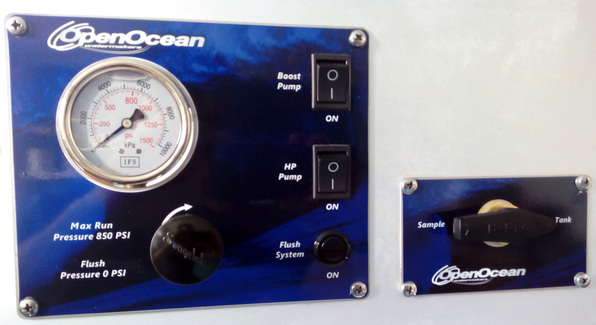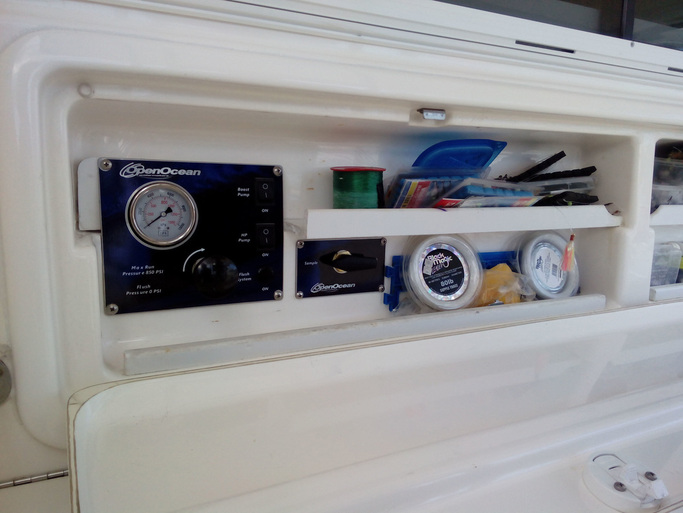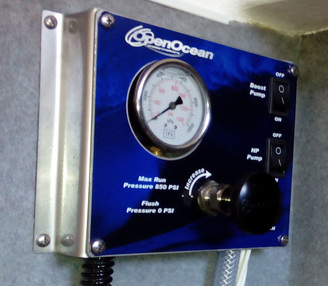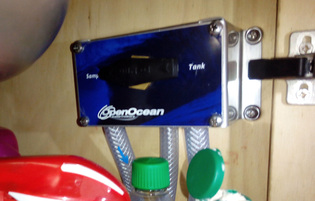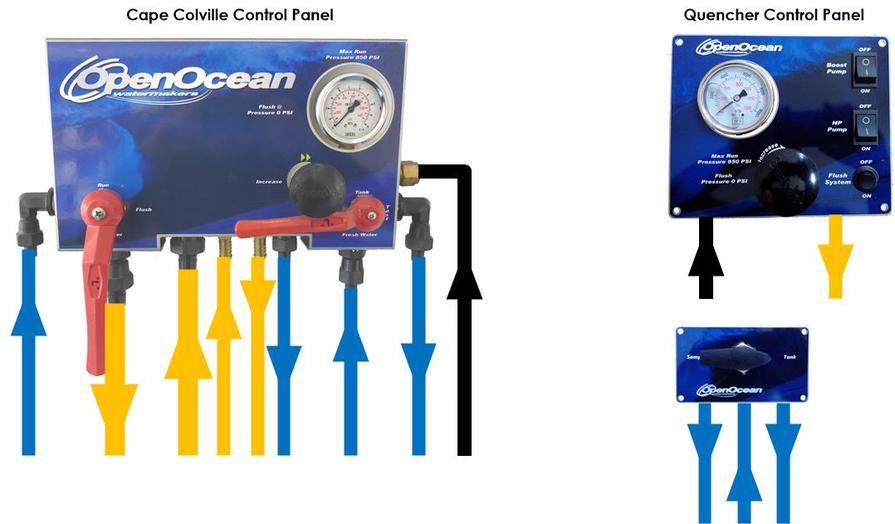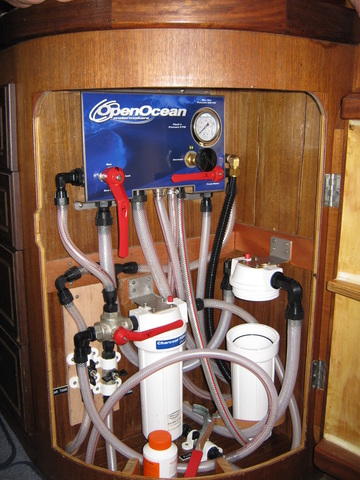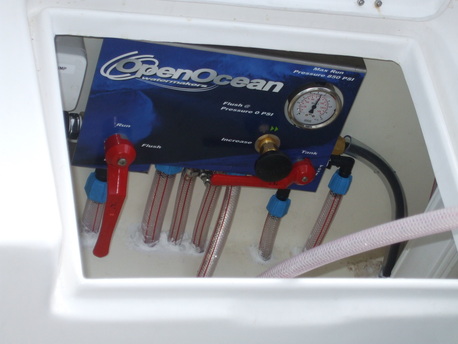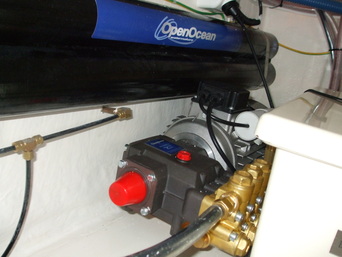Choosing a System Style
Our Quencher system was designed to bring system control from the engine room (or other service area) into the cabin. For most applications, this will be the most suitable system style. Ease of operation is key. The operator is in control of every aspect of the system, meaning you are never left wondering what your watermaker is doing now. The quick start up procedure gets you putting fresh water into your tanks quickly and effortlessly. The easy shut down procedure ends with a fresh water flush cycle at the flick of a switch, ensuring that your watermaker is ready to go for the next time.
We price our Quencher system the same as an equivalent Cape Colville system. We want our customers to choose the system that is best for their boat, without cost being a factor.
We price our Quencher system the same as an equivalent Cape Colville system. We want our customers to choose the system that is best for their boat, without cost being a factor.
The Quencher control panel was designed to make for a compact and tidy installation in the boat's cabin. Just 2 hoses, a high pressure supply and a low pressure discharge, lead to the control panel. The Sample/Tank valve is its own stand-alone unit that can be installed close to a basin or galley sink, where the sample line is discharged. The sample/tank valve is commonly installed in the locker beneath the sink, making for a convenient and discreet installation.
.
Below is are contol panel layouts for our original Cape Colville style control panel, and our Quencher style control panel
The manual control panel systems are mostly being used in commercial or land-based systems these days. The all manual Cape Colville control panel is best suited for installation in a service area of the boat. Everything routes through control panel and the entire system is controlled from a single location. Great for installation in an engine room, or other service space, everything routes through panel for maximum simplicity that only an all manual control system can offer.
Both control panel systems share the same high quality components. The routing of each system has been optimized for either the centralized, all mechanical Cape Coleville control panel, or the diversified and discreet Quencher control panel


